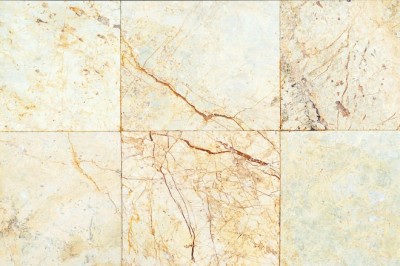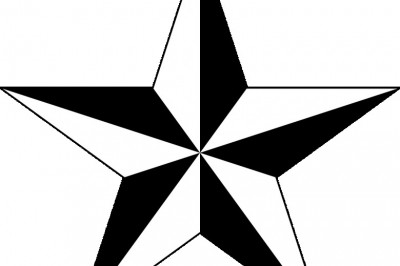Sierra Circuits - What Surface Finishes for PCBs are Best for Various Applications?
Surface finishes for PCBs fluctuate in reliability, shelf life, flatness, price, and assembly procedures. All finishes have their own benefits; however, the process, product, and / or final use determine which surface finish works best for use with a specific application. The designer, end-user or assembler needs to work with the PCB manufacturer to choose the correct finish for the product design.
Hot Air Solder Leveling (HASL)
Hot Air Solder Leveling, a 63/37 tin lead solder, has served as the industry standard since the start of the circuit board. . HASL is the favorite because "Nothing Solders like Solder." In situations where you have no concern about lead, HASL proves cost effective as well as a reliable finish for the making of PCBs of standard technology. This finish does, however, further stress on high layer circuit boards, resulting in ineffective long-term use. The added stress, short shelf life, and uneven soldering height on thick SMT or BGA pads make HASL a bad choice for wire bonding or chip technology. New technologies, tighter design principles and environmental issues are starting to make HASL obsolete. There are many Lead-free alloys that can replace the 63/37 tin lead solder process to make the board ROHS or Lead Free.
Lead-Free Hot Air Solver Level (LF HASL) is the ROHS compliant version of HASL. It is applied in the same but it is a different composition of the Solder. To comply with Lead-Free, the lead is removed and replaced by Gold, Nickel or other metals depending on your PCB manufacturer - thus the thickness varies anywhere between 1 to 15 μm.
Immersion Silver
Immersion Silver is a very simple process. The silver replaces the copper during the immersion process. It is quickly gaining recognition as a lead-free surface finish because of its lower cost (Compared to ENIG), uniform thickness and the capability to withstand the lead-free assembly temperatures. Immersion silver has a shelf life of one year. Over the past year PBC facilities installed silver process lines more than any other type of finish. Immersion silver has a controlled thickness of five to twelve micro inches and remains cost efficient, compatible with the majority of assembly processes.
Electroless Nickel/Immersion Gold (ENIG)
In the past users recognized ENIG as the best flat (fine pitch) surface and lead-free choice in the world. This surface finish holds several advantages, including exceptional shelf life and long-term experience and/or knowledge of the product. Nickel thickness generally measures 75 micro inches, compared to three to five micros for gold. The surface finish also possesses some disadvantages, including a higher cost, two-part. In addition, in situations of an uncontrolled process you may see the quality issue known as "Black Pad." Here at Sierra Circuits, after years of working with ENIG, we have eradicated the "Black Pad" problem. By carefully varying gold thickness, we have been able to figure out the ideal thickness for the gold to make sure that our customers never see Black Pads.
Immersion Tin Tin immersion process, more popular in the past, offers a consistent flat surface about 20-40 micro inches thick. It solders well and remains cost efficient. However, the finished PCBs have a limited shelf life necessitating you use them within three to six months. PCB factories worldwide have this process in place. It is also perfect for Lead Free assembly.
Organic Solderability Preservatives (OSP)
Organic Solderability Preservatives began in the 1970s and provide a thickness so fine you almost cant measure it. The first formulas offered a limited shelf life of three to six months and withstood only one or two heat cycles, but today the newest OSP formulas offer much more because of their construction for lead free assembly and provide shelf life 12 months as well as the ability to handle numerous heat cycles.
Electroless Nickel - Electroless Palladium - Immersion Gold (ENEPIG)
ENEPIG Is considered by many people call it - the "Universal" finish. Is a combination of three metals- nickel, palladium and gold. It is considered the best surface finish for Lead-Free assembly and wire bonding. Because of the combination of the three metals, it has the best galvanic resistance. The palladium separates the gold from the Nickel to prevent noise voltage and stop corrosion. Also, because of the falling price of Palladium, it has become very reasonably priced. Sierra Circuits is one of the leading PCB manufacturers to offer ENEPIG.





















